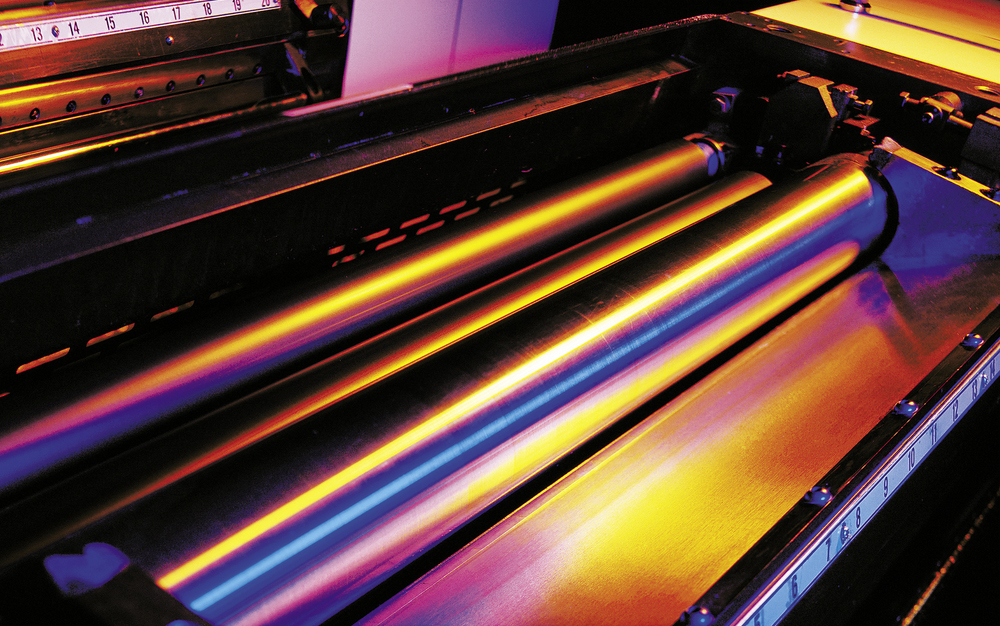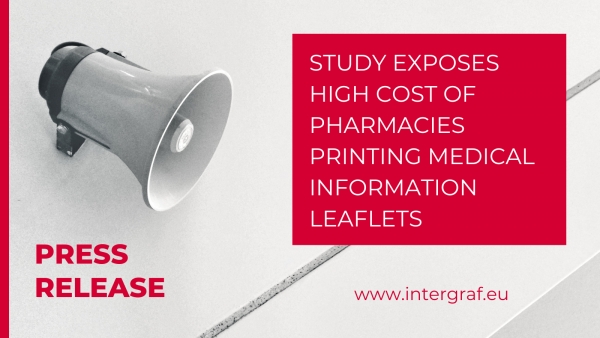20 August 2021

Impact of Changing Run Lengths on the Printing Market
A defining factor for graphics, packaging and publication printing across the next decade will be adjusting to print buyer demands for shorter and faster print runs. This will reshape the cost dynamics of print buying radically, and is creating a new imperative to invest in new equipment, even as the commercial landscape is reshaped by the experience of COVID-19.
This fundamental shift is examined in detail in Impact of Changing Run Lengths on the Printing Market from Smithers. This new report analyses the impact the move to shorter faster turnaround commissions will have on print room operations, OEM design priorities, and substrate choice and use.
Among the major changes the Smithers study identifies over the next decade are:
- More investment in digital (inkjet and toner) presses by print service providers (PSPs), as these offer superior cost efficiencies, and more frequent changeovers on short run work
- The quality of inkjet presses will continue to improve. The latest generation of digital technology is rivalling the output quality of established analogue platforms, like offset litho, eroding a major technical barrier to shorter run commissions
- The installation of superior digital print engines will coincide with innovation for greater automation on flexo and litho print lines - such as fixed gamut printing, automatic colour correction, and robotic plate mounting - increasing the crossover range of work in which digital and analogue are in direct competition
- More work on investigating new market applications for digital and hybrid print, will open these segments to the cost efficiencies of digital, and set new R&D priorities for equipment manufacturers
- Print buyers will benefit from reduced prices paid, but this will see more fierce competition among PSPs, placing a new emphasis on fast turnaround, meeting or exceeding customer expectations, and offering value-adding finishing options
- For packaged goods, diversification in the number of products or stock keeping units (SKUs) brands carry, will support the drive to greater variety and short runs in packaging print
- While the packaging market outlook remains healthy, the changing face of retail - especially the COVID boom in e-commerce - is seeing more small businesses buying labels and printed packaging
- Wider use of web-to-print platforms as print buying moves online, and makes the transition towards a platform economy model
- High-volume newspaper and magazine circulations have fallen severely since Q1 2020. As physical advertising budgets are cut, marketing through the 2020s will increasingly rely on shorter more targeted campaigns, with bespoke printed media integrated in a multi-platform approach encompassing online sales and social media
- A new emphasis on sustainability in business operations will support a trend towards less waste and smaller more repeat print runs; but also calls for innovation in raw materials, such as bio-based inks and ethically sourced, easier-to-recycle substrates
- More regionalisation of print ordering, as many companies look to reshore essential elements of their supply chains post-COVID to build in extra resiliency
- Greater deployment of artificial intelligence (AI) and better workflow software to improve the efficiency of smart ganging of print jobs, minimising media use and optimising press up time
- In the short term, the uncertainty surrounding the defeat of the coronavirus means brands will remain wary about large print runs, as budgets and consumer confidence remain depressed. Many buyers are willing to pay for increased flexibility via new print-on-demand ordering models.
At this pivotal time, each of these topics and their role in changing the length of print runs through to 2031 is examined critically in the new Smithers study, providing a vital business guide to organisations at all stages of the print value chain. This is supported by profiles of how and when the transition to shorter run lengths will be made in individual market segments, and sample cost modelling for the impact on print job pricing.
Downloads Intergraf Economic News (Paper Prices) - March 2024
Intergraf Economic News (Paper Prices) - March 2024
18 March 2024
Access the latest edition of the Economic Newsletter for the European Printing Industry for data on paper consumption, and pricing data for pulp, paper and recovered paper. Data for packaging papers and board is also available with this edition.
 STUDY EXPOSES HIGH COST OF PHARMACIES PRINTING MEDICAL INFORMATION LEAFLETS
STUDY EXPOSES HIGH COST OF PHARMACIES PRINTING MEDICAL INFORMATION LEAFLETS
7 March 2024
Intergraf welcomes the release of a study by our partner MLPS (Medical Leaflet = Patient Safety), a subgroup of the European Carton Manufacturers Association (ECMA) shedding light on the potential economic costs associated with the proposed use of Print on Demand (PoD) leaflets in the pharmaceutical legislation revision.

The BPIF is the printing industries champion. By becoming a member you join a diverse and influential community. We help you solve business problems, connect you to new customers and suppliers and make your voice heard in government.
Call 01676 526030









